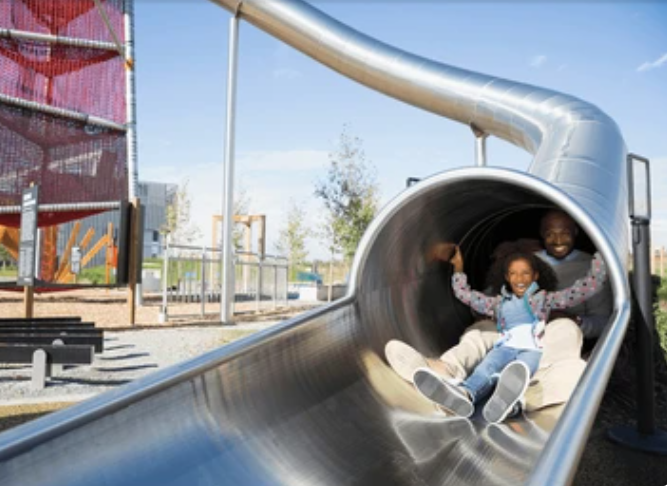Do you have a friend who enthuses about how awesome their
mega-hard workout was? Yet you have hated exercise since primary school? Here
is how to learn to love physical activity.
The U.S. Office of Disease Prevention and Health Promotion
has identified five key factors in loving exercise: enjoyment, self-efficacy
(that is, having the choice), social support, accountability and integration
into your daily life.
Author and coach, Tony Robbins says the first factor,
enjoyment, is all about mindset.
“Learning how to enjoy exercise is part mindset and part
practice,” says Robbins. “By adopting the attitude that exercise is enjoyable,
you are able to embrace fitness as part of a holistic wellness strategy.”
Robbins advises looking at your beliefs, your goals and your
preferences.
1. Reconsider your beliefs
Many of us formed negative beliefs about exercise from
enforced gym classes at school. These beliefs may no longer apply. Robbins
says, “Take time to examine your beliefs regarding exercise… Where did the
negative beliefs come from? Are they still true to your adult life or are you
clinging to outdated beliefs that no longer serve you?”
2. Reconsider your goals
If you are only exercising to lose weight, you will find it
discouraging. Plus, you will miss out on all the other benefits such as helping
you feel better – mentally, emotionally and physically.
Robbins says, “When you start focusing on energising your
body, improving your health and enhancing your life, you will start to view
exercise as a healthy decision instead of an obligation.”
Instead of focusing on the number on the scale, focus on how
you feel after your workout, or even the next day. Do you feel more energised?
More relaxed? Over time, you will start to feel stronger and more confident.
3. Reconsider your choices
Hate running? Do not do it. Do something else. Try something
else, just for fun, with no expectation. Remember, any type of physical
activity that elevates your heart rate is a form of exercise.
YouTube is full of free videos of wildly different and
interesting exercises. Try a dance tutorial, or drumming on the ground.
Or, if you find socialising motivates you, consider joining
a local social group. This could be a weekend hiking group or a community team
sport. Or just arrange a regular time to walk with local friends or colleagues.
Unique exercise ideas to inspire you
Use these budget-friendly ideas as a starting point for new
and fun ways to move.
- Skip rope. Look up skipping routines in YouTube – there
are thousands! You do not need to buy a proper skipping rope, just use an old
rope or long strap at home.

- Go to a playground. This one is more fun with a friend. Go
to a kids’ playground and play on the equipment. Try the monkey bars, go up and
down the slide as many times as you can. (Tip: better to do when playgrounds
are emptier, such as toddler dinnertime, and make sure the equipment can hold
your weight!)
- Birding. It is walking – with a purpose. Go for a walk or
hike and look for birds. You could use an app such as Merlin Bird ID, or just
write it in a notebook. Or if birds are not your thing, look for particular
cars, or bikes or a random focus such as unique letterboxes or street art.